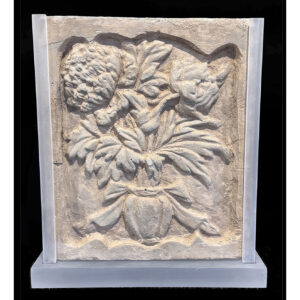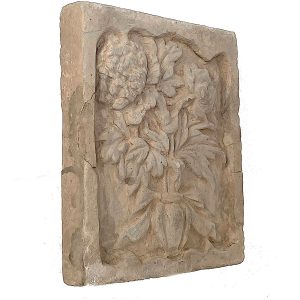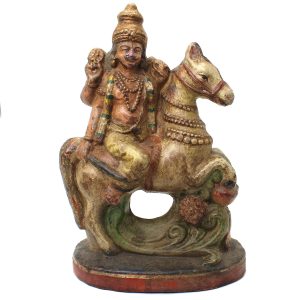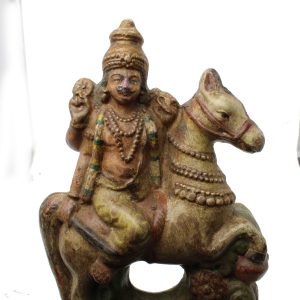-


$85.00
H: 2” W: 1.75” D: 4” | FREE SHIPPING WITHIN CONTINENTAL U.S.!
Antique and vintage ceramic tobacco pipes are part of a long cultural tradition of Burmese/Myanmar and Thai hill tribes. Mould made and adorned with intricate designs, a bamboo or metal stem was often inserted at the end through which smoke was drawn. This highly collectible antique item reflects hill-tribe skills creating decorative functional objects and would be a unique gift for any pipe smoker, but, like all antique items, we recommended it be used as a decorative item.
-


$105.00
H: 1.875” W: 1.75” D: 4” | FREE SHIPPING!
Antique and vintage ceramic tobacco pipes are part of a long cultural tradition of Burmese/Myanmar and Thai hill tribes. Mould made and adorned with intricate designs, a bamboo or metal stem was often inserted at the end through which smoke was drawn. This highly collectible antique item reflects hill-tribe skills creating decorative functional objects and would be a unique gift for any pipe smoker, but, like all antique items, we recommended it be used as a decorative item.
-


$85.00
H: 2” W: 1.75” D: 4” | FREE SHIPPING!
Antique and vintage ceramic tobacco pipes are part of a long cultural tradition of Burmese/Myanmar and Thai hill tribes. Mould made and adorned with intricate designs, a bamboo or metal stem was often inserted at the end through which smoke was drawn. This highly collectible antique item reflects hill-tribe skills creating decorative functional objects and would be a unique gift for any pipe smoker, but, like all antique items, we recommended it be used as a decorative item.
-


$395.00
In China a set of earthenware Zodiac attendant figures was made as a 12 piece grouping, with each figure holding a small calendar animal with each year represented by a different animal – rat, ox, tiger, rabbit, dragon, snake, horse, goat, monkey, rooster, dog, and pig or boar – in a repeating 12-year cycle. Although…
-


$995.00
H: 11” W: 9.5” D: 1.65” | FREE SHIPPING
This earthenware brick tile bordered with a deep scalloped frame depicts a vase with a bouquet of propitious flowers: a chrysanthemum and a peony wrapped with an elegant ribbon. Tiles like this were made to decorate the large numbers of buildings created during the prosperous Song dynasty and to adorn tombs. This elegant brick is in good condition for its age with expected chips and cracks, some restoration of background and a re-glued frame break on each side. It has earth adherents from its burial in a tomb.
-
Sale!


$105.00 Original price was: $105.00.$85.00Current price is: $85.00.
H: 7″ W:8.25″ D: 3.125″ | FREE SHIPPING WITHIN CONTINENTAL U.S.!
Vintage bivalve mold figures like this cow were hand luted and hand painted, in the likeness of Hindu religious figures, soldiers, animals are used in rural India where they are seen as wishes for a better life.
-


$105.00
Earthenware terracotta pottery has played a significant role in the cultural, religious and artistic traditions of India for centuries. Indian terracotta images are considered spiritual, mystical and auspicious as Hindus believe terracotta incorporates the five natural elements of air, fire, earth, water and metal. Made with a bivalve mould that is hand luted and hand…
-


$145.00
Earthenware terracotta pottery has played a significant role in the cultural, religious and artistic traditions of India for centuries. Indian terracotta images are considered spiritual, mystical and auspicious as Hindus believe terracotta incorporates the five natural elements of air, fire, earth, water and metal. Made with a bivalve mould that is hand luted and hand…
End of content
End of content















